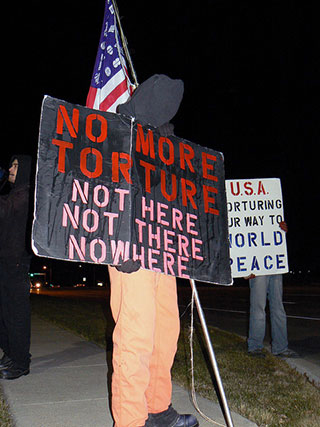Course Description
This course provides a rigorous and critical introduction to the foundation, structure and operation of the international human rights movement, as it has evolved through the years and as it impacts the United States. The course introduces students to the key theoretical debates in the field including the historical …
This course provides a rigorous and critical introduction to the foundation, structure and operation of the international human rights movement, as it has evolved through the years and as it impacts the United States. The course introduces students to the key theoretical debates in the field including the historical origin and character of the modern idea of human rights, the debate between universality and cultural relativism, between civil and human rights, between individual and community, and the historically contentious relationship between the West and the Rest in matters of sovereignty and human rights, drawing on real life examples from current affairs.
Learning Resource Types
assignment_turned_in
Written Assignments with Examples

Demonstrators gather at an anti-torture vigil. The United States has been criticized for using torture, such as waterboarding, as an interrogation tactic. Session 6 will take a closer look at torture and its role in wars. (Image courtesy of Justin Norman on flickr. License CC BY-NC-SA.)








